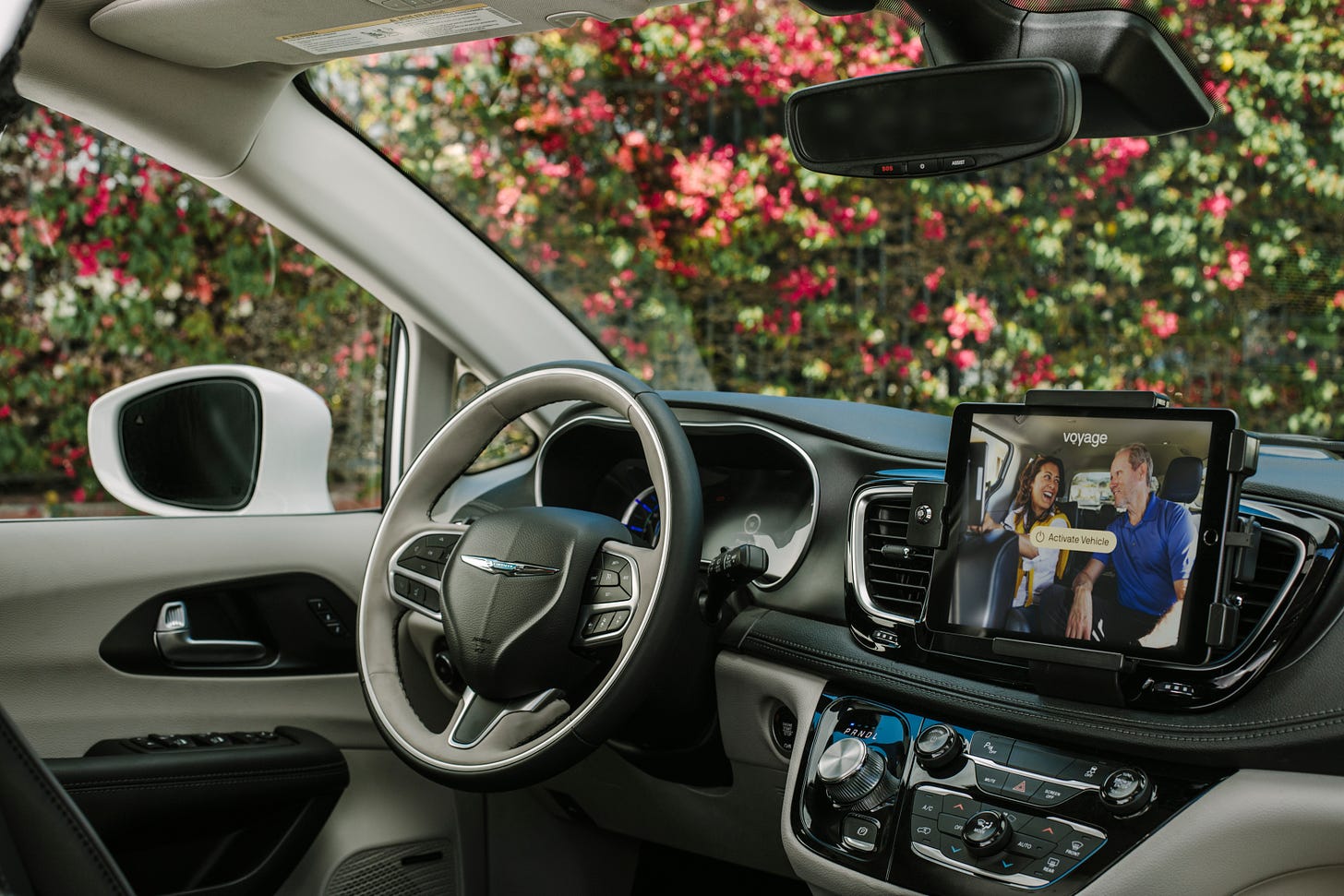The First Wave of Self-Driving is Here
Three trillion miles of human driving will now transition—slowly but surely—to autonomous
Right now—this very moment—there are vehicles on U.S. roads driving members of the public without a human at the wheel. It bears comparison with the significant transportation innovations through time: the birth of flight, rail, the automobile, or the first crossing of the oceans. This moment is an inflection point not only in the history of the self-driving car industry, but like flight and automobiles before it, an inflection point in the history of humanity’s progress. Many millions who cannot drive multi-ton steel boxes now stand to explore their communities with equal freedom to those who can.


It is no surprise that Waymo is the first to achieve the historic feat of operating truly driverless cars. Waymo, formerly known as the Google Self-Driving Car project, was established in 2009, at least four years before any other self-driving program. That lead, however, is no longer four years. The rapid maturation of techniques, the proliferation of artificial intelligence, thriving data, sensor, and compute ecosystems, and the spread of expertise means it is clear that Waymo will not be alone in this endeavor for long.
Three trillion miles of human driving will now transition—slowly but surely—to autonomous, and at that incredible scale, there are countless billion-dollar opportunities available for many companies. At Voyage, we begin by deeply focusing on serving senior citizens—the power users of self-driving—with robotaxis in America’s communities and towns. We recently announced our next-generation robotaxi, which will be our first vehicle capable of driving by itself with no need for a human behind the wheel. A fleet of these robotaxis will soon serve a 125,000 resident, 50 sq mi community in Florida, where Voyage has contractual exclusivity pertaining to robotaxis.

This first wave of self-driving is similar to that of the electrification of vehicles. There were countless doubters—and some still exist—who simply did not believe electric vehicles could be realized. It took many years of perseverance and self-belief, but now the transition from combustion to electric vehicles is inevitable, as the transition from rudimentary cellphones to the iPhone. Today—as if almost out of nowhere—almost every major automaker on the planet is working to scale EV production significantly. That same overnight acceptance that electric vehicles are a certainty will be true of self-driving, albeit perhaps lagging by two to three years.

Although the development of self-driving cars has felt glacial—causing many to predict we may never see such a technology created in our lifetimes—it is undeniable that the first wave of self-driving has now arrived, and that the subsequent waves will dwarf many other technological waves that came before it. Let’s not forget that this revolution won’t be limited to moving people. It will fundamentally impact economies all over the globe. Self-driving will impact commerce with autonomous delivery. It will impact freight with long-haul trucking. It will impact groceries, restaurants, entertainment, health-care, and much more.
Self-driving technology will shape the world more dramatically than we can predict today. Congratulations to Waymo on being the company to kickstart this revolution, and we very much look forward to contributing in our own way at Voyage.




Oliver, the technology is here and as you mention is going to impact us in unimaginable ways. It would be great to see an article that discusses the ways investors could participate in the revolution. Waymo is great but only a portion if a much larger entity. Tesla is wildly over valued... LIDAR companies? Taxi startups? Autonomous mini bus companies? Drones (ground and air)? Etc. Private companies are basically closed to most and finding small public companies that are in the space is tough.